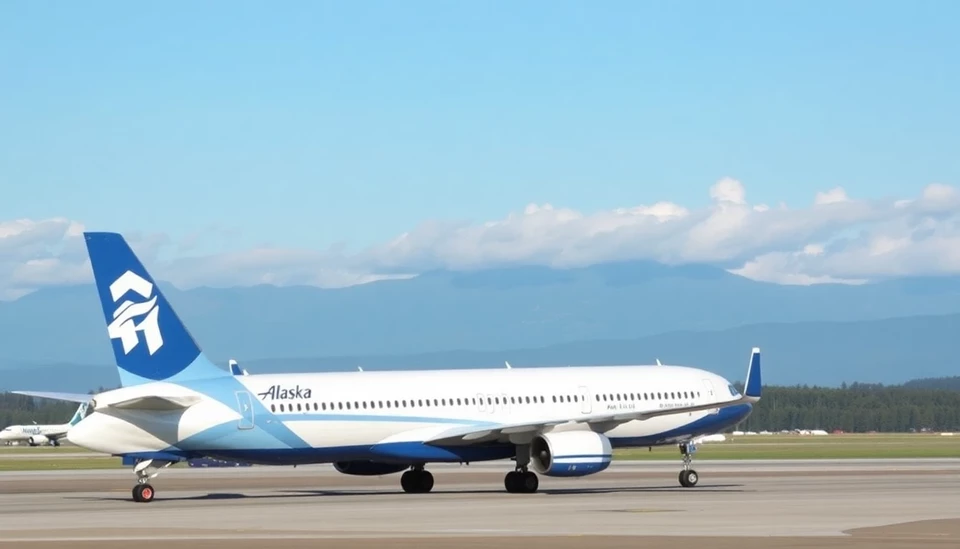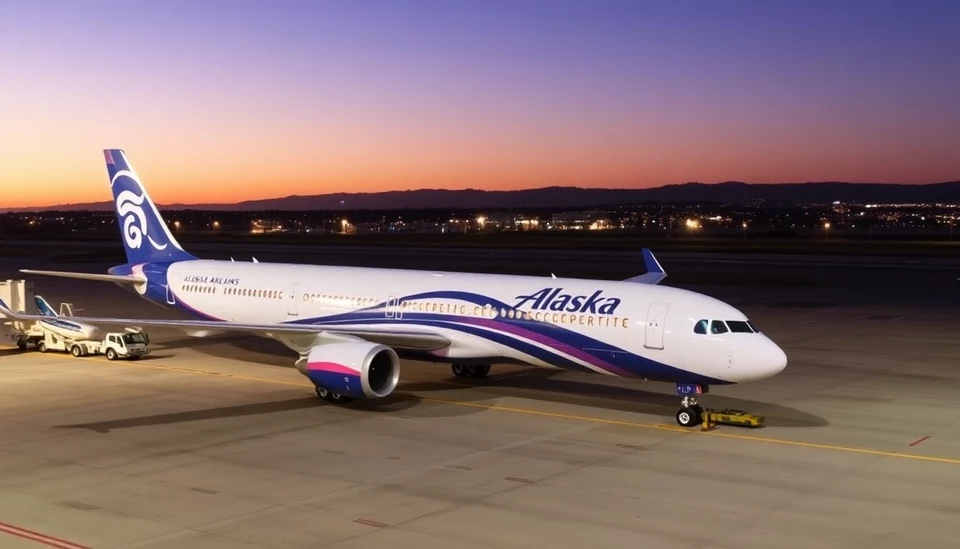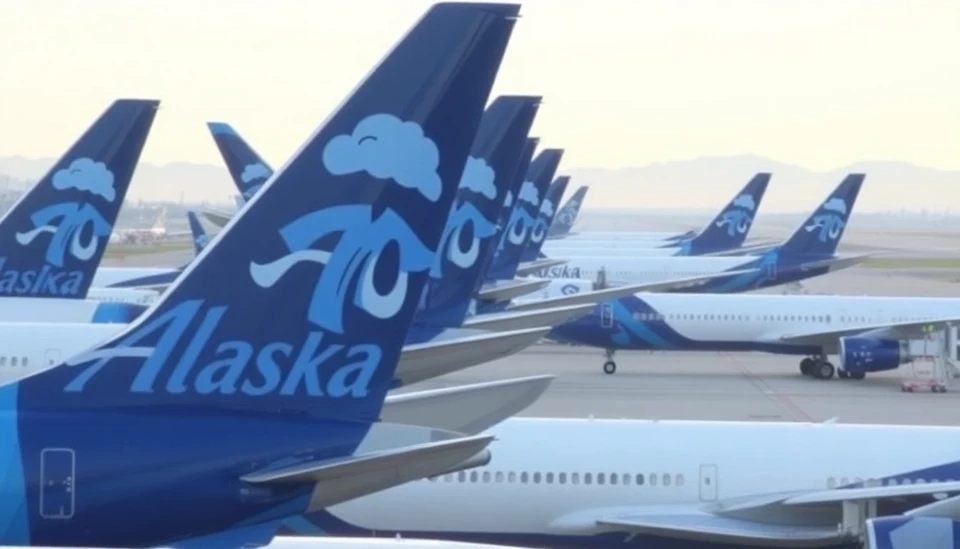
In a recent financial update, Alaska Airlines has reported that its anticipated profit for the upcoming quarter has fallen below market expectations, primarily due to a notable decline in travel demand. This revelation has sparked concern among investors and analysts who were hopeful for robust performance from the airline in the wake of a recovery from the pandemic.
According to the airline's quarterly earnings report, Alaska Airlines expects to see a net income ranging between $100 million and $130 million for the second quarter. However, analysts had predicted earnings closer to $180 million, highlighting a significant disparity between expectations and reality.
The decline in demand can be attributed to a number of factors that are impacting consumer travel habits. Rising airfare prices, coupled with increased operational costs linked to fuel prices and labor, are contributing to a more cautious approach from potential travelers. The airline industry as a whole has been navigating these economic challenges, with many carriers feeling the pressure from elevated costs.
In addition to the disappointing profits, Alaska Airlines has reported a decline in passenger traffic, which is down by approximately 6% compared to the same quarter last year. This downturn is concerning for the airline, as they rely heavily on passenger volume to drive revenue. While the overall travel market has shown signs of recovery, Alaska Airlines appears to be lagging behind its competitors in terms of passenger counts.
CEO Ben Minicucci acknowledged the tough situation but emphasized that the airline is adapting to the changing landscape. Minicucci stated, "We are committed to exploring new ways to enhance our operations and improve customer experience, which will help us better weather these fluctuations in demand." The company is reportedly investing in technology and analytics to understand better and respond to shifting consumer preferences.
Despite the current challenges, Alaska Airlines remains optimistic about its future. The airline has a strong brand presence on the West Coast and continues to leverage its network to meet demands while adjusting capacity as necessary. Management noted that ongoing efforts to enhance operational efficiency and focus on key markets are central to navigating the tough business environment.
As the airline grapples with these issues, industry experts will be watching closely to see how Alaska Airlines adapts their strategy to overcome the hurdles presented by reduced travel demand and elevated costs. The situation underscores the volatile nature of the airline industry, where shifts in consumer behavior can significantly affect financial performance.
Looking ahead, investors and customers alike will be eager to see whether Alaska Airlines can rebound from this forecast miss and successfully recalibrate its operations to align with market realities. The company's future performance will hinge on its ability to attract travelers back amid a fluctuating economic landscape.
For now, as Alaska Airlines navigates through this challenging period, the travel world remains at the edge of its seat, awaiting the next moves from one of the airline industry's key players.
#AlaskaAirlines #ProfitForecast #TravelDemand #AviationIndustry #StockMarket #CEOInsights
Author: Samuel Brooks


